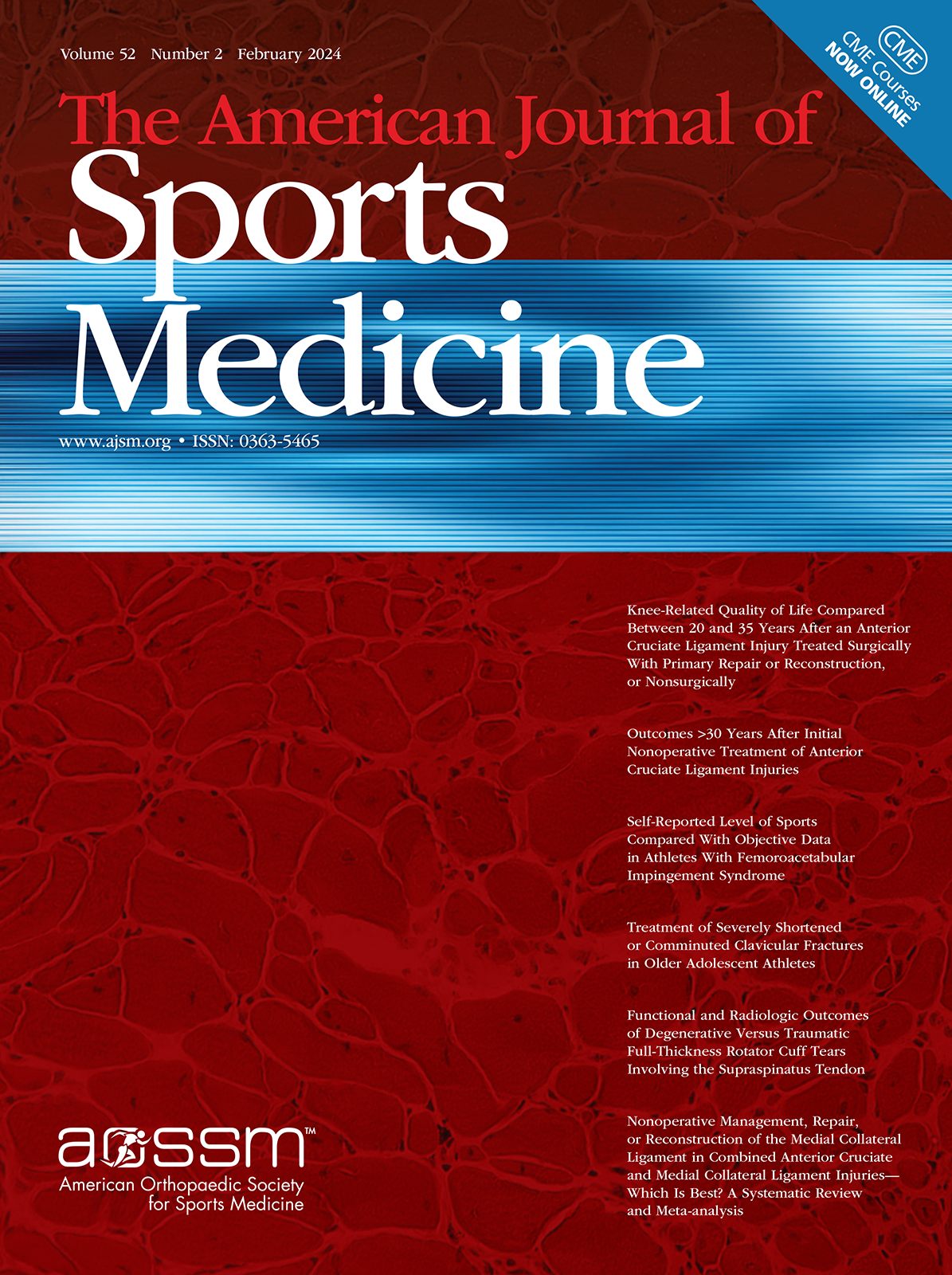
ACB and IPACK Block vs ACB Alone for Pain and Opioid Use After ACL Reconstruction with BTB Autograft

ACB and IPACK Block vs ACB Alone for Pain and Opioid Use After ACL Reconstruction with BTB Autograft
Postoperative Pain and Opioid Usage With Combined Adductor Canal and IPACK Block Versus Isolated Adductor Canal Block After Anterior Cruciate Ligament Reconstruction With a Bone-Patellar Tendon-Bone Autograft: A Single-Center Randomized Controlled Trial.
Am J Sports Med . 2025 May;53(6):1359-1367.Synopsis
Ninety-six patients undergoing anterior cruciate ligament reconstruction (ACLR) with a bone–patellar tendon–bone (BTB) autograft were randomized to receive either an adductor canal block alone (n=47) or a combination of adductor canal and IPACK block (n=49). The primary outcome was opioid consumption at 24 hours postoperatively. Secondary outcomes included opioid use at days 2, 3, and 7; visual a...
To view the full content, login to your account,
or start your 30-day FREE Trial today.
FREE TRIAL
LOGIN
Forgot Password?
Explore some of our unlocked ACE Reports below!

Learn about our AI Driven
High Impact Search Feature
Our AI driven High Impact metric calculates the impact an article will have by considering both the publishing journal and the content of the article itself. Built using the latest advances in natural language processing, OE High Impact predicts an article’s future number of citations better than impact factor alone.
Continue



 LOGIN
LOGIN

Join the Conversation
Please Login or Join to leave comments.